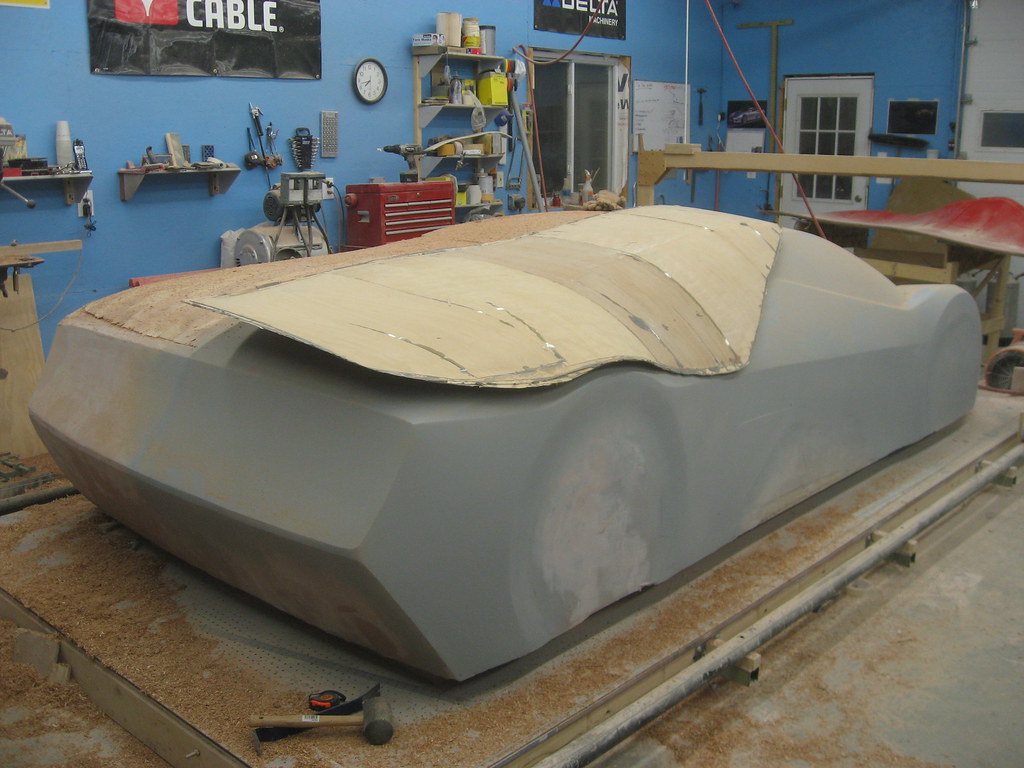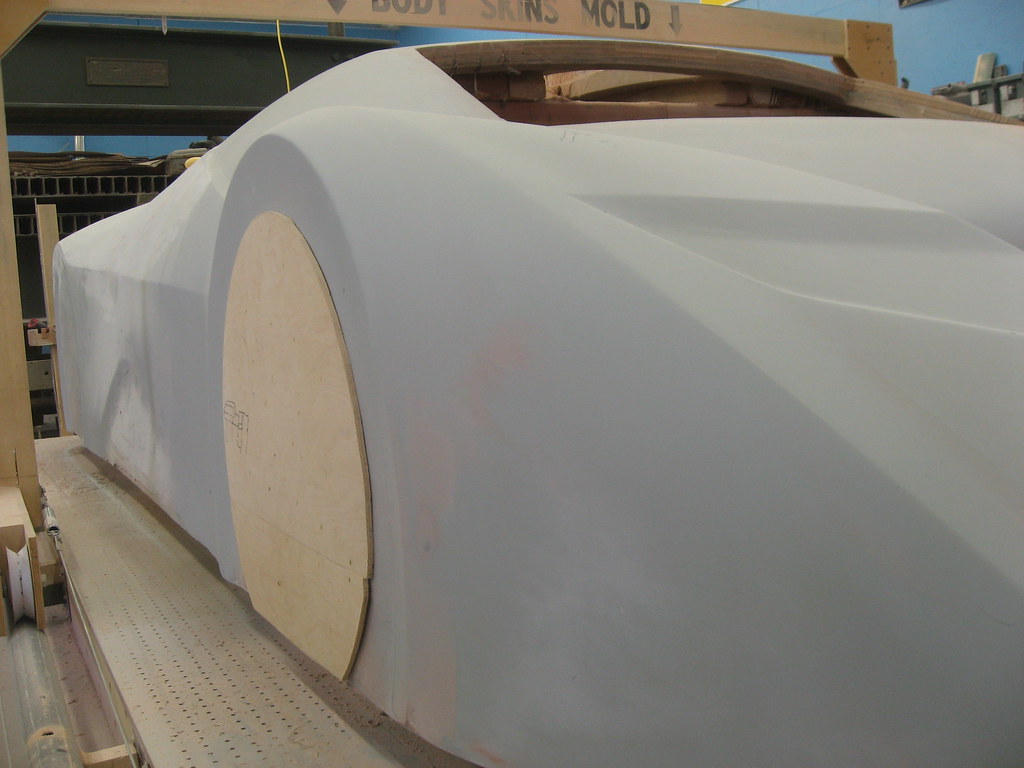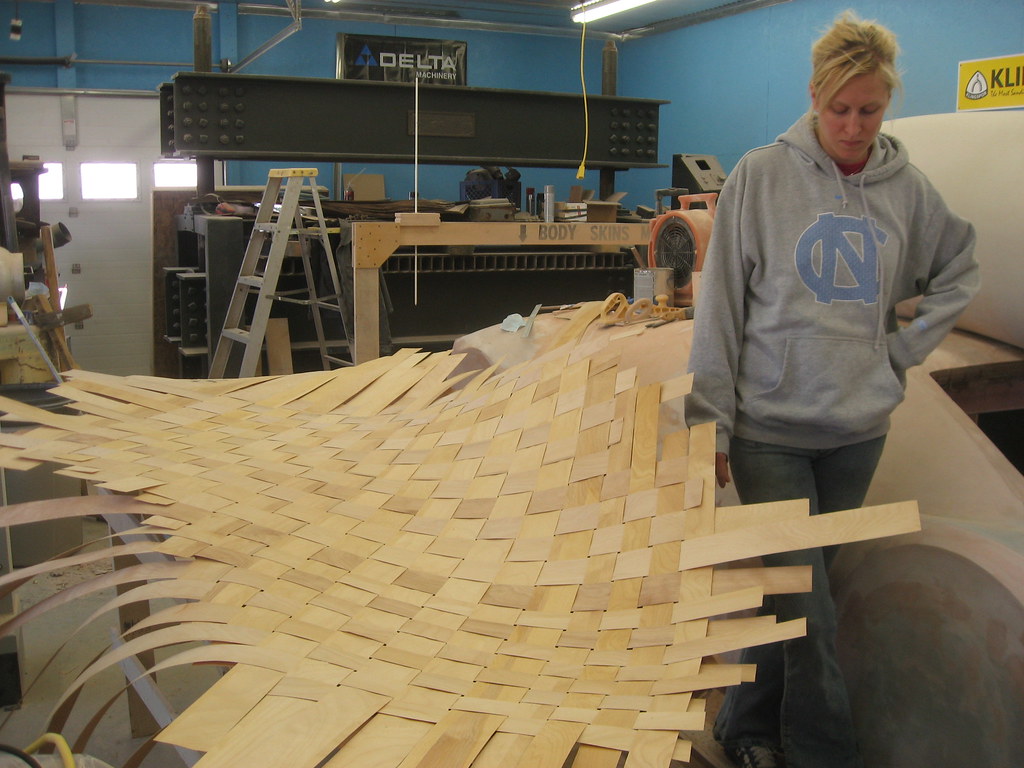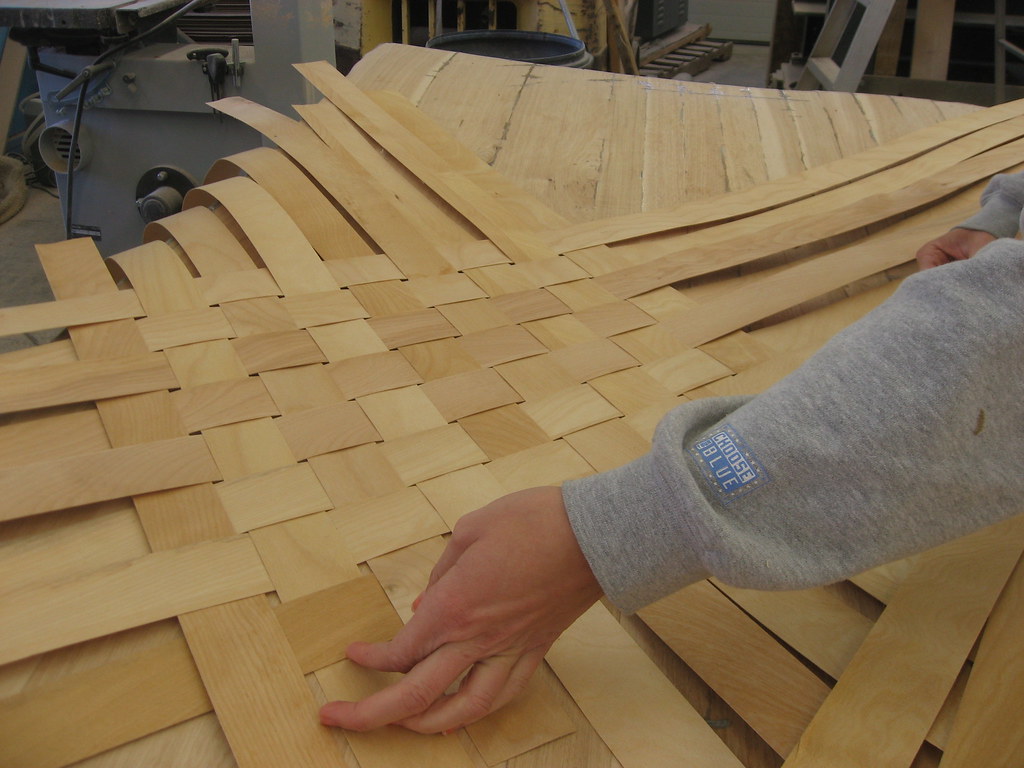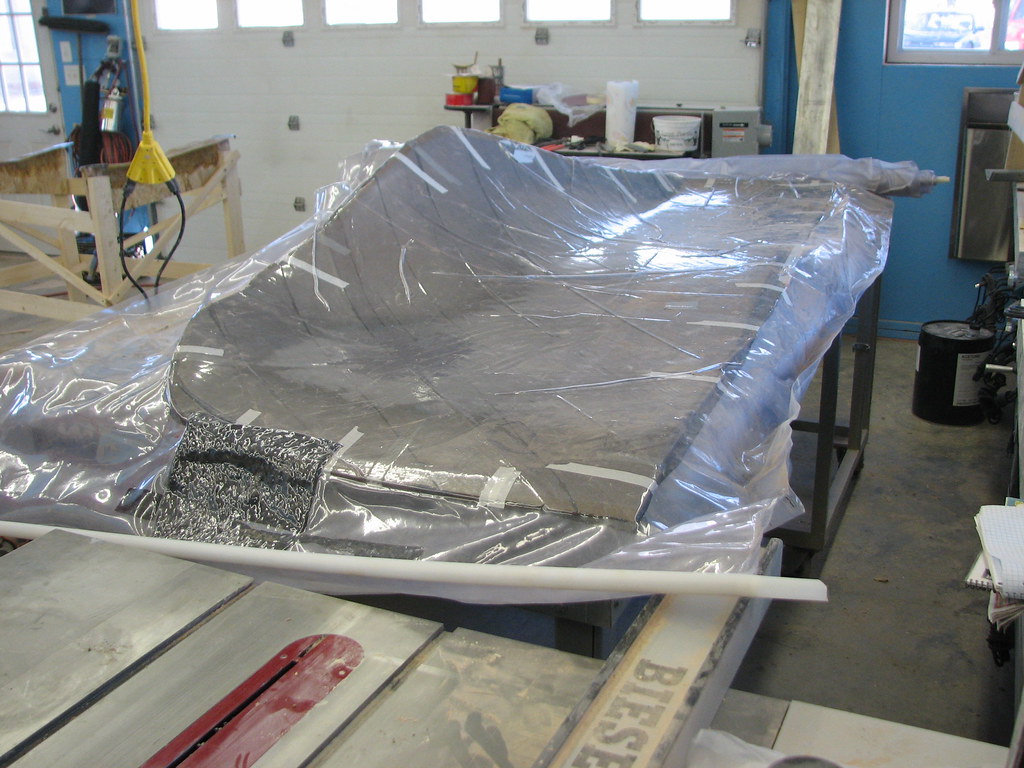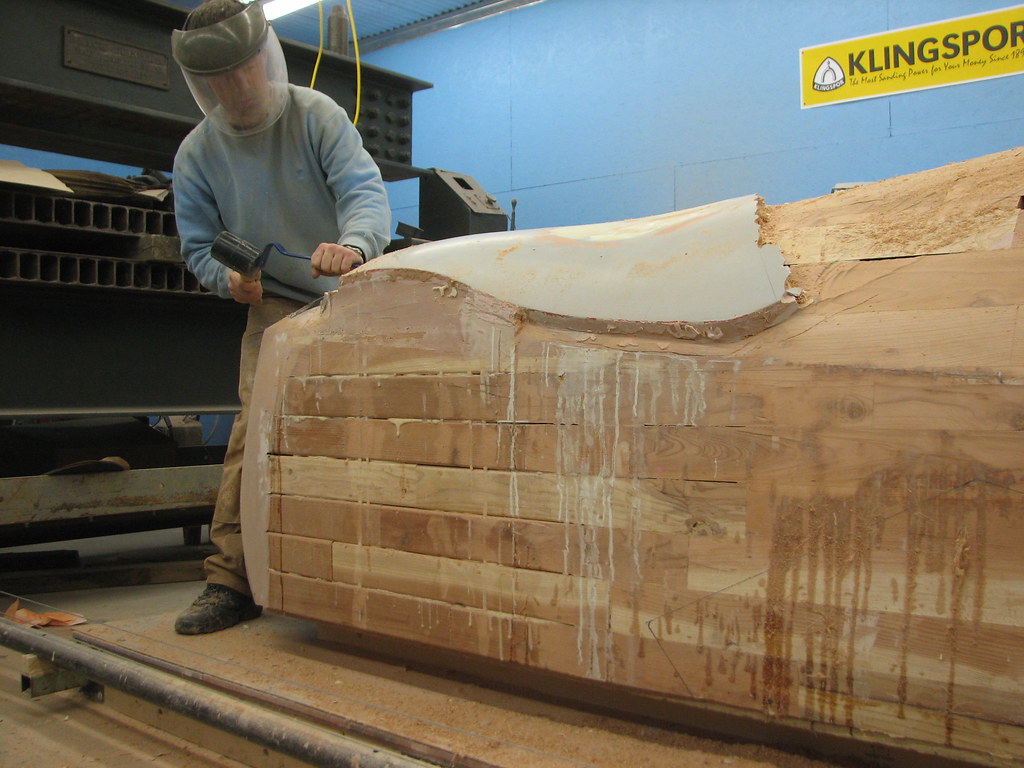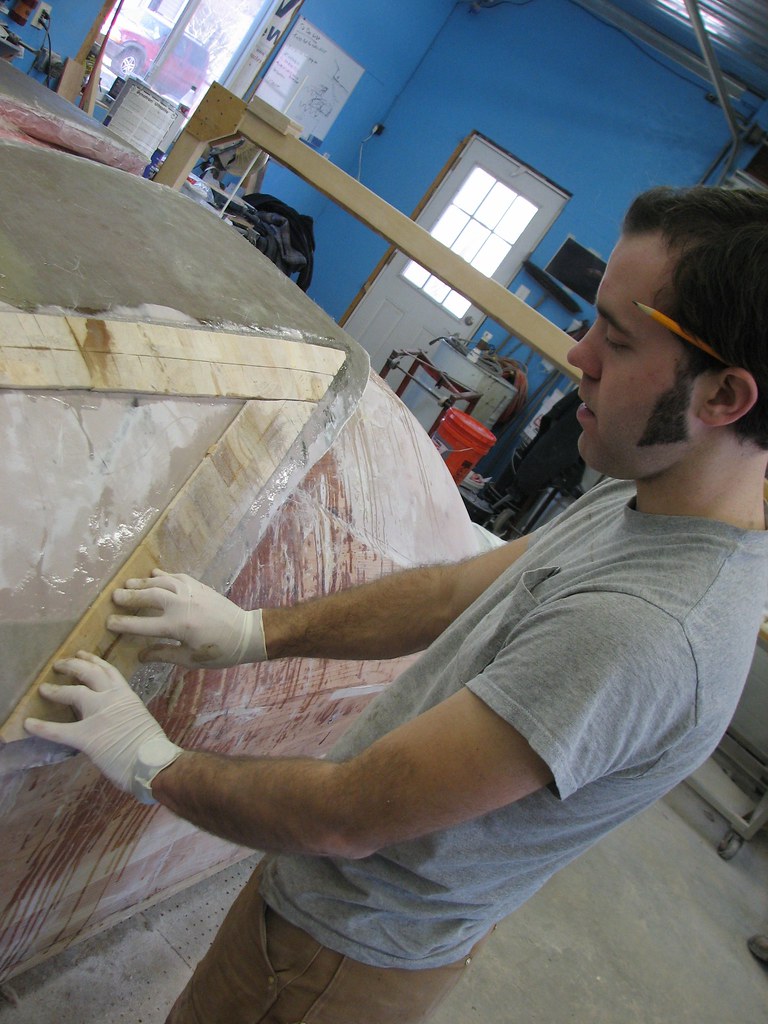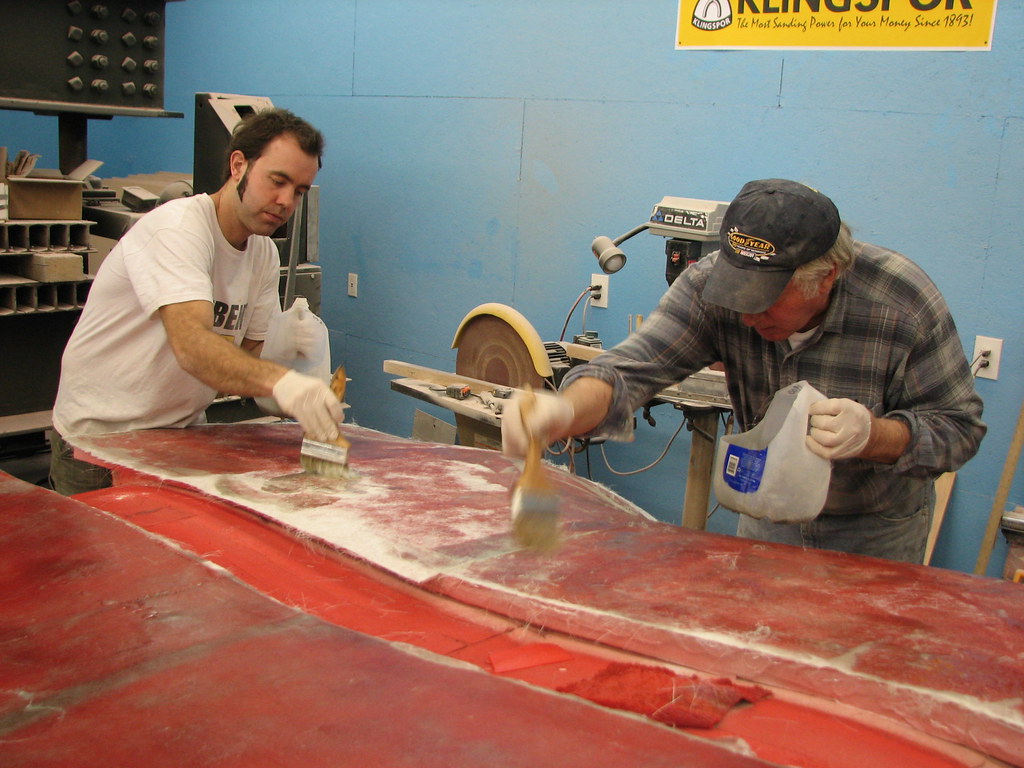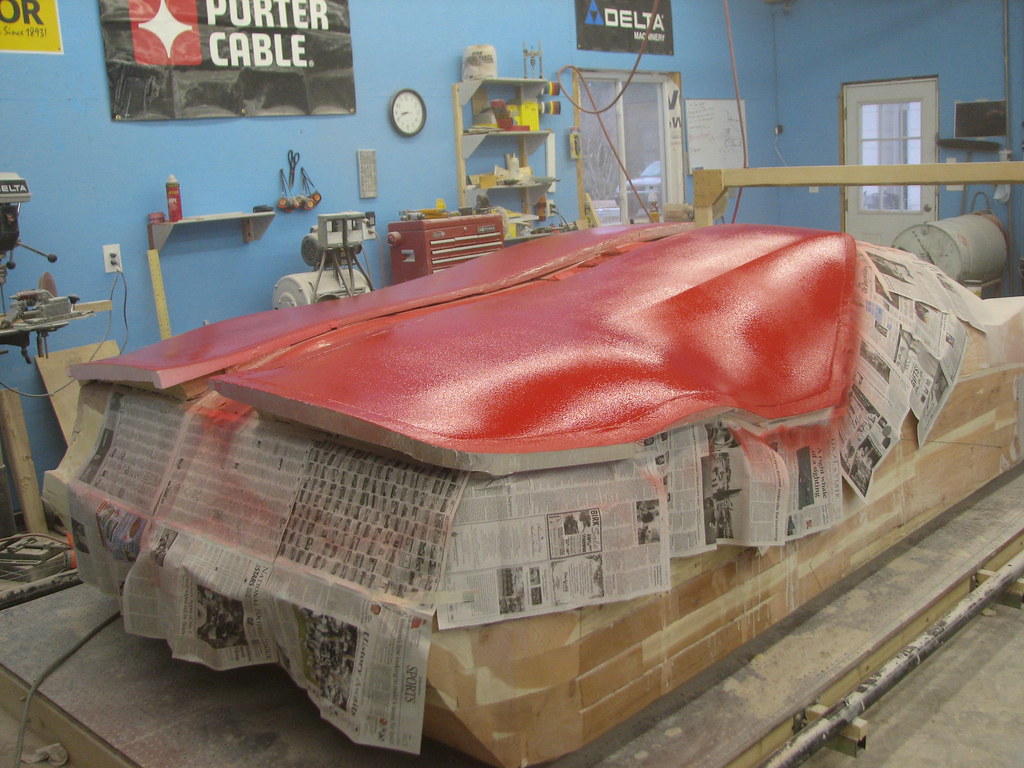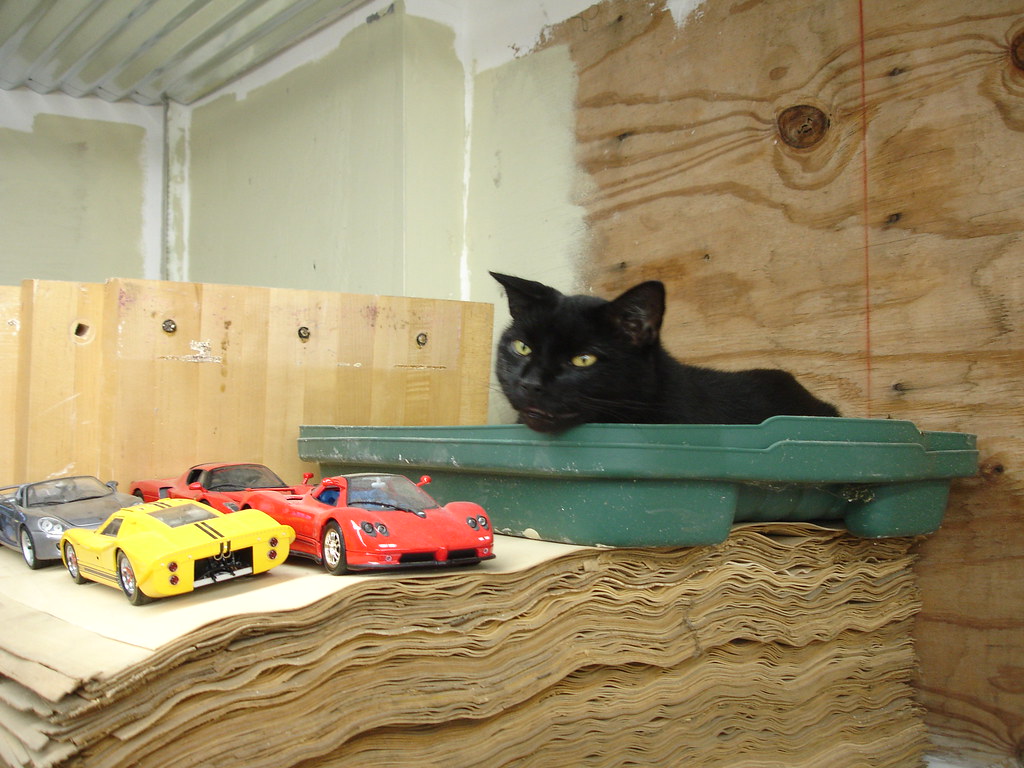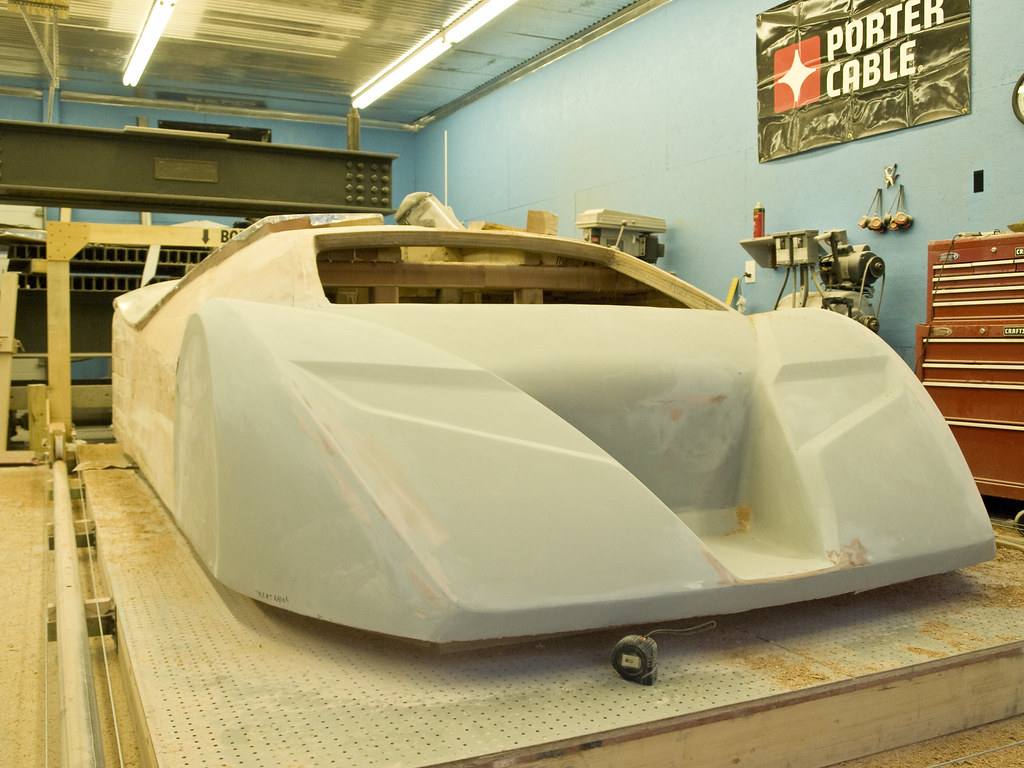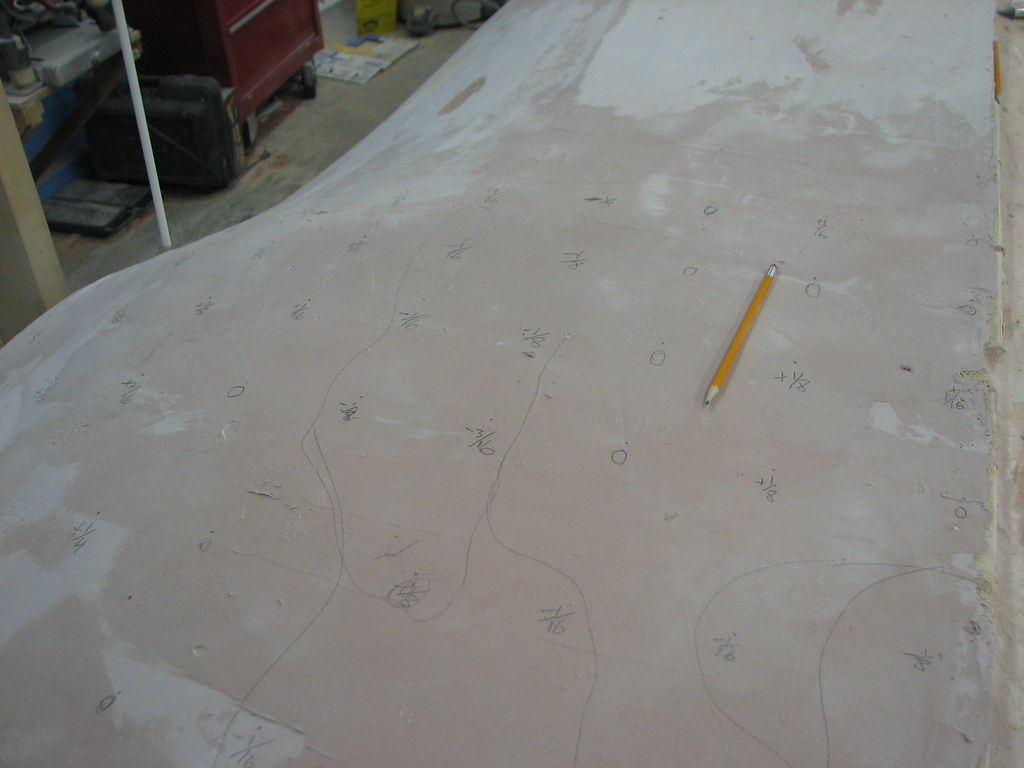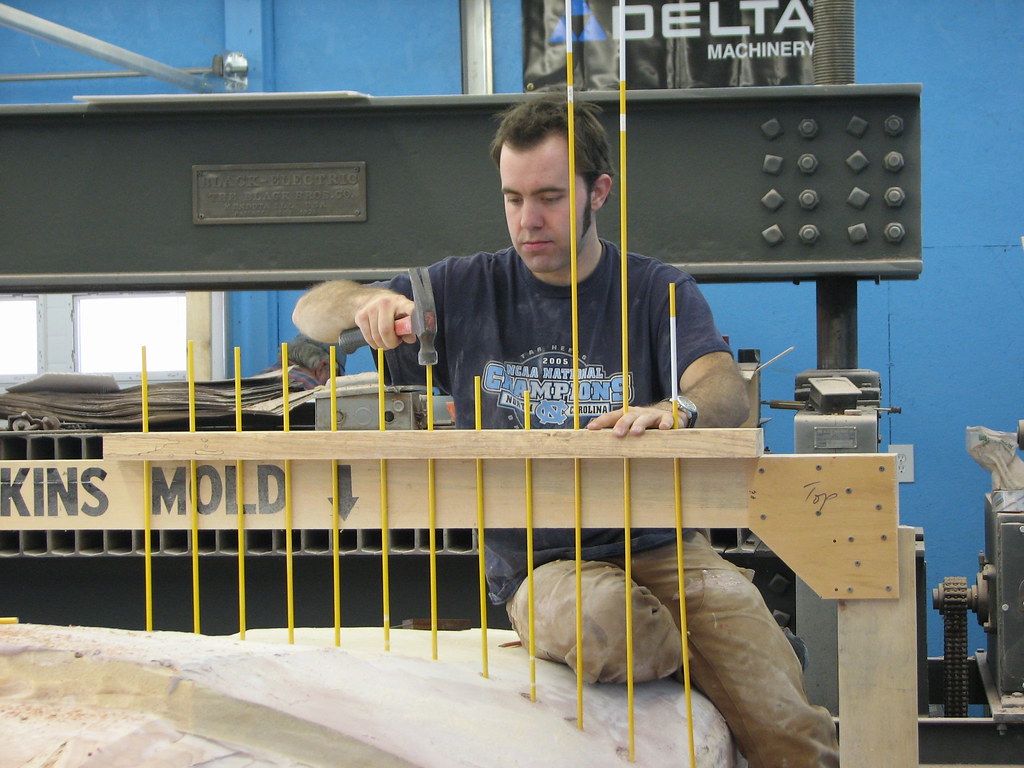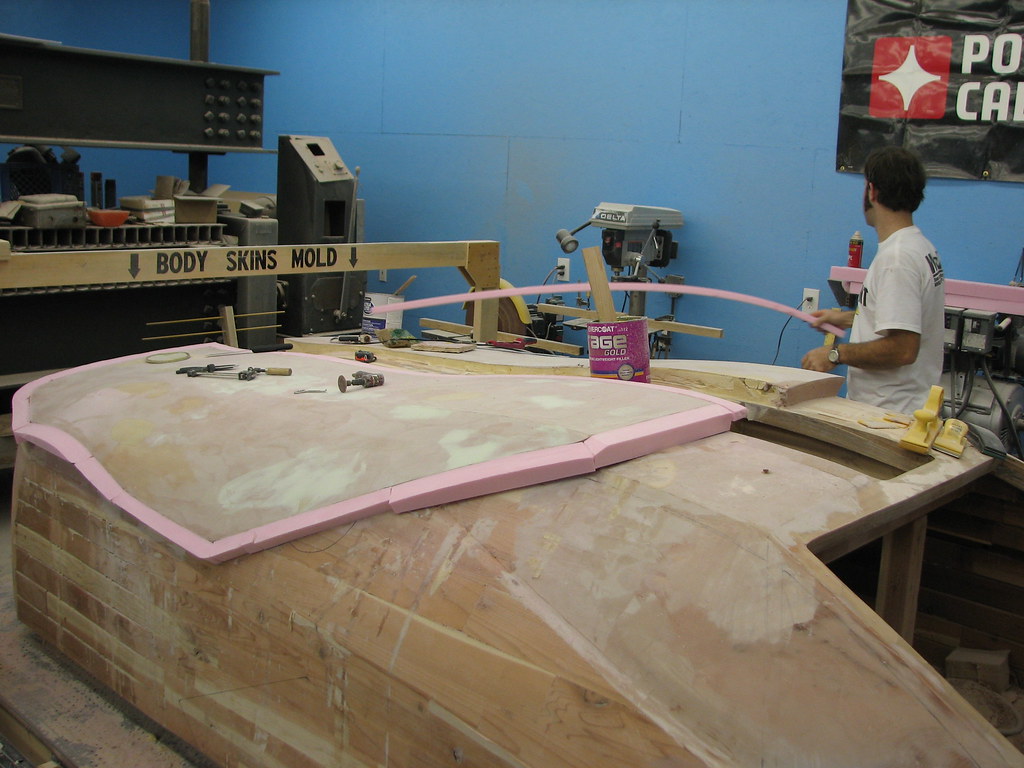There have been quite a few questions regarding the Splinter. Below we have addressed the most commonly asked questions. If you have a question that is unanswered here, please post it on our
forum, as we would love to try to answer it.
WOODEN CAR FAQ
Why is there a need for a wooden car?
We are building a wooden car mostly to learn and share ideas. The knowledge that we are gaining from building the car is alone worth the time, effort, and money we are spending on it. We hope that it will spark some creativity in other people. People are so caught up in thinking that the wood will burn or crack or splinter because they fail to see wood as just another material that has its advantages and disadvantages. The way we use wood is almost identical to the way carbon fiber and fiberglass are used, so there is really nothing to be afraid of.
How long will it take to build?
We have spent about a year and a half so far, and we have about another 8 months to go. In starting a project like this from the ground up, we run into so many challenges that we have to work through. There is a learning curve that we have to traverse for almost every part we make. Fortunately, as we have gone along, this curve has become shorter and shorter. We have found that there is a deceptively huge amount of work involved in almost everything, too. The wheels, for example, are each made up of over 300 pieces.
Have you had any interest from potential backers?
We are financing the car ourselves, and we just haven’t sought any help from financial backers. We are not sure what we will do with the car when we finish it, so we don’t want to have to make any promises to investors right now. However, we have been lucky enough to have gotten loads of help from people in the industry like
Delta/Porter-Cable,
Daubert Chemical, and
Becker Acroma, just to name a few. We have had a huge amount of materials and technical support donated from companies like these that like to stay on the forefront of what’s going on in woodworking.
How fast can it go?
We aren’t particularly interested in opening the bag of worms associated with a top speed claim, but based totally on projected horsepower and curb weight, frontal area, and gearing, the car will be capable of speeds in excess of 240mph. With that said, there are certainly a myriad of real world conditions that would affect this figure, and the event that this will ever even be tested is not a guarantee.
Do you think there will be a genuine interest in the market?
I don’t harbor much doubt that a lot of people will want to have one, but I would be surprised to see any wooden cars on the road any time soon. The amount of labor involved in the manufacturing process is very high, and I am not sure if people will ever get over the gratuitous fear of the safety aspect. To use wood to the extent that we have used it probably wouldn’t be practical on many vehicles, but we do feel that we have come across some ideas that could be carried over and used in more normal vehicles.
Surely if it sets on fire it is more likely to go up in flames?
The circumstance most likely to cause a fire in the Splinter is the ignition of a ruptured gas tank. While there is no conventional car that would fare well in such an incident, certainly a greater percentage of the Splinter would be consumed in a fire than of an ordinary vehicle. Either way, if a car catches on fire, you get out of it as soon as you can. We have put a large amount of effort into absorbing, reflecting and evacuating different heat sources in the engine bay, and we will fit an automatic fire extinguishing system for extra protection. Fire will not be any more of an issue in the Splinter than it is in any internal combustion vehicle.
Do you think the Splinter can compete with the top supercars?
Speaking in terms of performance, the potential is definitely there. We don’t have the time or the resources to put the Splinter through the same kind of testing and refinement that one would see in an Enzo or a Carrera GT, but we have designed it to have world-class characteristics in all the areas that make a supercar super, like power-to-weight ratio, weight distribution and center of gravity.
What top speed are you aiming for?
To me, top speed is more of a by-product of a proper supercar than a goal for one. There are so many other factors that take precedence over top speed that it wouldn’t make sense for us to set a top speed goal. If we make the car light enough, powerful enough, and slippery enough, it will be able to move faster than we will probably ever ask it to.
What are the pros of working with wood?
Wood is a truly amazing material to work with. It has a higher strength-to-weight ratio than aluminum or steel, and it possesses a versatility that makes many different types of construction techniques possible. The look, feel, and smell of a natural material like wood are not seen elsewhere and cannot be faked, and the satisfaction involved in making something from a piece of wood is awesome.
Strength to weight ratios - the higher the better

Strength to Embodied Energy Ratios - the lower the better
 What are the cons of working with wood?
What are the cons of working with wood?
There is not much room for error with wood. All the laminations, fits, glues, and finishes have to be dialed in. There is no welding up a hole or bending a piece to make it fit. The main con is probably the fact that wood has almost no ability to stretch. Think of trying to conform a piece of paper to a globe. Compound curves like those seen in the Splinter’s body panels are extremely labor intensive and difficult to make in a wood laminate.
What’s your background?
I graduated from the School of Design at North Carolina State University in December 2006. My major was Industrial Design. I am currently finishing up my Master’s Degree in Industrial Design from the same school. I have always wanted to design cars.
How do you avoid problems such as wood worm and wood rot?
The magic of modern coatings along with the proper selection of woods virtually eliminates problems of worm and rot. Keeping the car out of the rain won’t hurt, either. Just like with carbon fiber, UV light is a big concern. On a painted car, this problem goes away, but a natural finish like the Splinter will have must be protected. The best protection is shade, but the coatings we have gotten from Becker will greatly retard UV degradation.
Will it be lighter than a conventional car?
We hope the car will weigh about 2500lbs, which is less than 100lbs heavier than a late-model Miata, but with well over 3 times the power. The light weight is achieved through careful design and composite construction. The Splinter is not made from any carved-out, solid chunks of wood, but rather molded laminates. This type of construction is essentially identical to that employed in cars or other objects which are made of fiberglass or carbon fiber. By building thickness in a molded part with a lightweight material, one exponentially increases the stiffness. One of the things that additional time and funds would allow us to accomplish would be a lightening of the chassis and various other components. We lean heavily towards the side of overbuilding our parts because we don’t have time to stress test everything to make it only exactly as strong (and heavy) as it needs to be.
